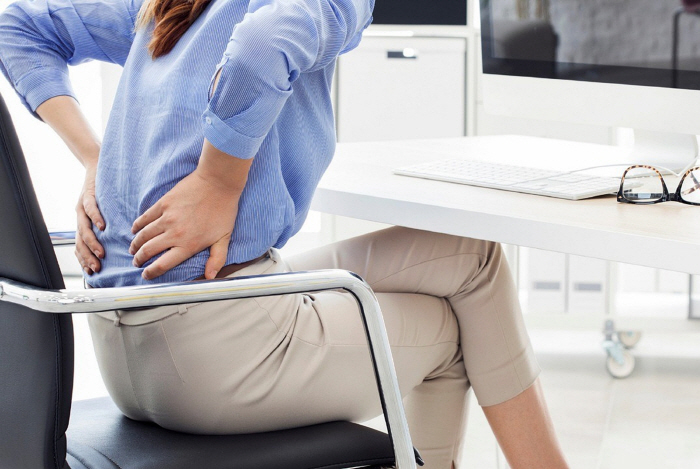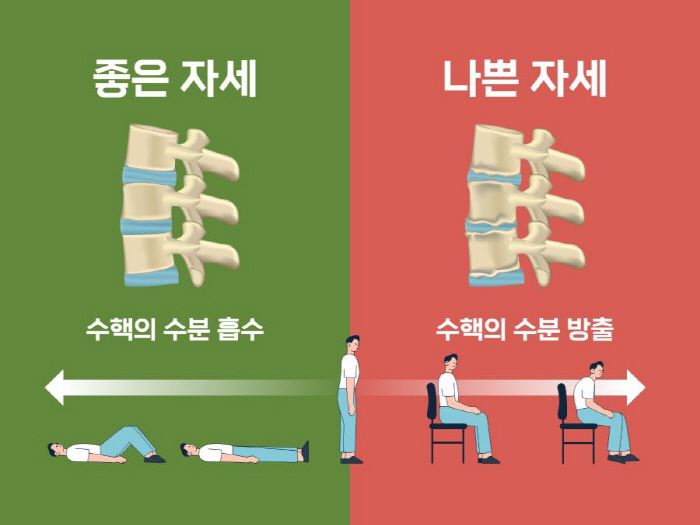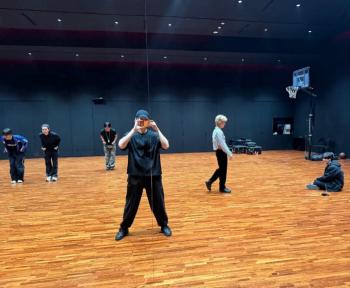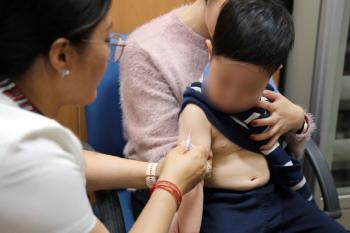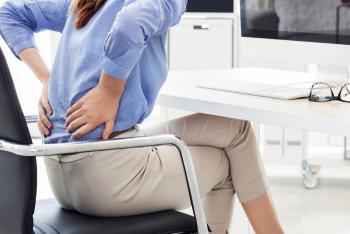The reason why you lose height as you get older, and the possibility of spinal disease in Himchan Hospital
Nov 26, 2025
|
It is a natural aging phenomenon that the height decreases with actual age.
According to a long-term follow-up of the National Institute of Aging (NIA) Baltimore Aging Longitudinal Study, adults gradually begin to decline from the age of 30, with an average of 3 cm for men and 5 cm for women between the ages of 30 and 70. In women, the decrease in height is greater as postmenopausal bone density is accelerated. As you get older, degenerative changes in bones, cartilage, and muscles reduce muscle mass and bone mass, and as the tissues that make up the spine contract, your height decreases.
The problem is a short period of time and a sudden decrease in height. This is because structural changes in the spine can be the cause, not simple aging. Lee Dong-chan, medical director of Himchan Hospital's Neurosurgery Department, said "The cause of the decrease in height is not a natural aging process, but a disease problem that causes structural changes in the spine, so careful observation is needed."If you suddenly feel a sharp decrease in height by 2-3 cm, the spine problem may be the cause."
◇ various spinal diseases that are bent back and reduced in height
The spine acts as a pillar of our body, and the disc between the vertebrae absorbs the impact. The disk maintains elasticity by consisting of more than 80% moisture, and degenerative changes begin as the moisture content gradually decreases after the 30s. When moisture in the disk escapes, elasticity decreases, and if degenerative diseases of the spine progress as the gap between the vertebrae narrows, the height can be reduced.
If your kidneys have shrunk sharply by more than 2 cm in one year, you should suspect other diseases. A typical one is a compression fracture of the spine. The spine bone is crushed in the form of a slump, and the broken bone adheres, causing the back to bend. It is a common disease that about 30% of female osteoporosis patients in their 60s suffer after the completion of the game.
According to data from the National Health Information Portal of the Korea Centers for Disease Control and Prevention, about 40% of women in their 70s experience spinal compression fractures. In many cases, the pain is not severe, so it is not possible to notice if it is a fracture.
In addition, spinal stenosis is a disease in which the spinal canal through which nerves narrows, and the pain intensifies when the back is stretched, so the patient unconsciously takes a bent posture. In this process, the entire body naturally bends forward, making it look shorter than the actual height. It is also characterized by narrow stride and symptoms of not walking for a long time.
Spondylosis refers to a condition in which the back is excessively curved than normal when viewed from the side. Structural changes occur in which the standing muscles that support the spine weaken and the backbone bends forward, actually decreasing in height. This is not just a problem of appearance, but has a fatal effect on general health, such as a decrease in lung capacity, a decrease in balance due to changes in the center of gravity, and an increase in the risk of falls.
"If you don't have enough strength to support your back in old age, if you're comfortable walking with your back on your back or your upper body down, you have a problem of muscle weakness," said Lee Dong-chan, head of the Neurosurgery Department at Himchan Hospital. "Most of the elderly with spinal stenosis and spinal compression fractures are accompanied by reduced back strength and degeneration.", he explained.
If there is no muscle to support the spine, the waist will inevitably bend, so efforts to strengthen back strength are needed. If you stand with your back against the wall and it is difficult to hold the back of your head and heel against the wall or keep it in contact for more than 5 minutes, it can be seen as more than back muscle strength.
◇ 40% higher disk pressure when seated…Correct posture, core muscle strengthening is important
The simplest way to recognize height loss early and prevent spinal disease is periodic height measurement. Since the height of the day is the tallest in the morning and the smallest in the evening, it is necessary to measure at the same time to see the exact change. You should measure your height regularly to check if the spinal degeneration is progressing.
In particular, bad posture and long sitting habits are the main culprits that accelerate height loss. When relatively lying down, the nucleus of the disc absorbs moisture, while bad postures, such as sitting for a long time, release moisture, which can reduce height.
According to the Korean Society of Neurosurgery, disc pressure is measured about 40% higher when sitting than when standing. Therefore, you should avoid sitting in the same position for more than an hour and distribute the weight of your spine through stretching in between.
It is also very important to strengthen core muscles. This is because if the muscles that hold the spine are weak, the load is concentrated on the vertebrae and discs, which accelerates structural deformation. Above all, movements such as Frank's exercise are effective in building back muscles. Older people can strengthen their spinal cord muscles that support the spine by repeating the movement of lifting the upper body while lying face down. If you sit down and lean back with your arms raised, you can strengthen your back and back muscles that prevent your upper body from leaning forward. It is also helpful to lie down with both knees up with your waist attached to the floor and lift your hips so that your torso, waist, and pelvis are in a straight line.
|
This article was translated by Naver AI translator.
